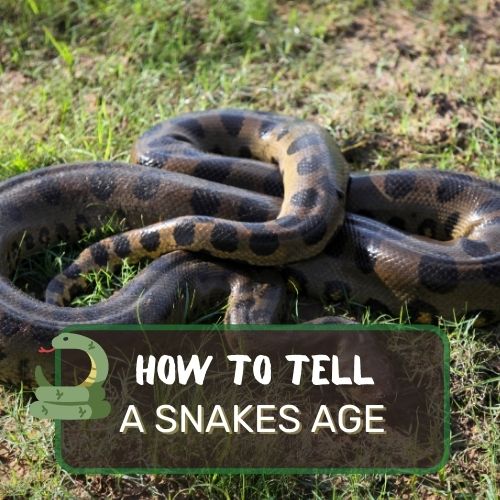
Ever wondered “how to tell a snake’s age?” Determining the age of these slithering creatures is not as straightforward as counting rings on a tree.
This article dives deep into the world of snakes, shedding light on the subtle signs and factors that hint at their age.
We’ll explore the nuances of snake growth, from physical changes to species-specific traits, and debunk common misconceptions.
By the end, you’ll gain a comprehensive understanding of the complexities involved in estimating a snake’s age.
Whether you’re a snake enthusiast, a budding herpetologist, or just plain curious, this article promises to equip you with fascinating insights and knowledge.
Dive in, and let’s unravel the mysteries of snake aging together!
Table of Contents
- 1 How To Determine The Age Of a Snake? (It’s Not As Easy)
- 2 The Importance of Understanding a Snake’s Age
- 3 Challenges in Determining the Age of Snakes
- 4 Common Misconceptions about Aging Snakes
- 5 Primary Indicators of a Snake’s Age
- 6 Aging Different Snake Species
- 7 Signs of Aging in Wild-Caught Snakes
- 8 Expertise and Experience in Aging Snakes
- 9 Conclusion
- 10 FAQ
How To Determine The Age Of a Snake? (It’s Not As Easy)
Determining a snake’s age is a nuanced task, as they lack clear aging signs. Size can offer clues; younger snakes grow rapidly, but this rate slows with age. However, factors like diet and genetics can influence growth, making size an imprecise indicator. Physical changes, such as fading skin patterns or body proportions, can hint at maturity. For wild snakes, scars or kinks in the tail suggest age and past encounters.
Consulting with breeders or herpetologists, who draw on their experience and knowledge of species-specific traits, can also provide valuable insights. In short, a combination of observation and expertise best estimates a snake’s age.
The Importance of Understanding a Snake’s Age

Knowing the age of a snake is more than just a fun fact; it’s crucial for various reasons. Firstly, it helps in providing appropriate care. Different life stages require varied diets, habitats, and health check-ups.
For instance, younger snakes might need more frequent feedings, while older ones might require special attention to potential age-related health issues. Secondly, understanding a snake’s age can guide breeding decisions.
Breeding too young can be detrimental to a snake’s health, while older snakes might have reduced fertility. Additionally, age can influence behavior.
A snake’s temperament, activity levels, and even feeding responses can change as they age. Lastly, knowing the age can be vital for those involved in conservation efforts.
It aids in studying population dynamics, life expectancy, and the overall health of a species in the wild. In essence, understanding a snake’s age is pivotal for its well-being, breeding, and conservation
Challenges in Determining the Age of Snakes

Determining a snake’s age is akin to solving a complex puzzle with many missing pieces. One primary challenge is the absence of overt aging signs. Unlike mammals, snakes don’t exhibit clear indicators like graying fur or wrinkles.
Their scales and patterns might change subtly, but these alterations are often too nuanced for the untrained eye. Additionally, while size can sometimes be an age indicator, it’s not foolproof.
Factors like diet, health, and genetics can influence a snake’s growth, making two snakes of the same age look vastly different in size.
For wild-caught snakes, scars or physical wear might hint at age, but they’re more indicative of the snake’s experiences rather than its actual years.
Furthermore, without a known birthdate, even experts can only estimate age based on general observations and experience.
In essence, pinpointing a snake’s age is a challenging endeavor, often requiring a blend of expertise, observation, and sometimes, educated guesswork.
Common Misconceptions about Aging Snakes
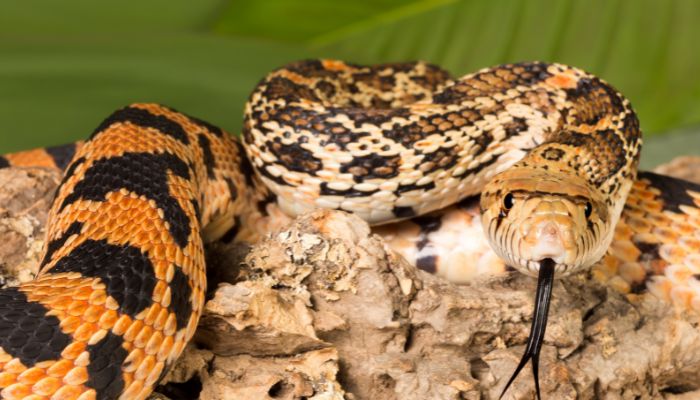
When it comes to understanding the age of snakes, many of us are left scratching our heads. Unlike our furry friends, snakes don’t have the telltale signs of aging that we’re familiar with.
Let’s dive into some of the most common misconceptions about aging snakes and set the record straight.
Snakes don’t show aging signs like gray hair or wrinkles.
Imagine this: You’re at a friend’s house, and they introduce you to their pet snake, Sammy. You’re intrigued and ask, “How old is Sammy?” Your friend shrugs, “Not sure, he doesn’t have any gray scales or wrinkles, so he must be young, right?” Well, not exactly.
Unlike humans or dogs, snakes don’t develop gray hair or wrinkles as they age. They have a unique way of showing their age, which is often subtle and requires a keen eye to notice.
For instance, as snakes grow older, their patterns might fade slightly, or their physical structure, like the size of their head, might change. But don’t expect a snake to sport a beard or crow’s feet anytime soon!
Differences between wild-caught and captive-raised snakes.
Let’s take a journey into the wild. Picture a snake slithering through the dense forest, hunting for prey, and occasionally facing threats from predators.
This wild snake will likely have scars, maybe a kinked tail, or even some broken scales – signs of its adventurous life. These battle scars can sometimes give a hint about the snake’s age, or at least its life experiences.
On the other hand, Sammy, the captive-raised snake from our earlier story, has had a relatively sheltered life.
He’s been well-fed, kept safe from predators, and hasn’t had to face the challenges of the wild. As a result, Sammy might not show the same signs of aging as his wild counterparts.
In essence, while wild-caught snakes might wear their age on their scales, captive-raised snakes often keep us guessing.
It’s like comparing a seasoned sailor with sun-beaten skin and calloused hands to someone who’s lived a comfortable city life. Both have their stories, but they wear their age differently.
Primary Indicators of a Snake’s Age
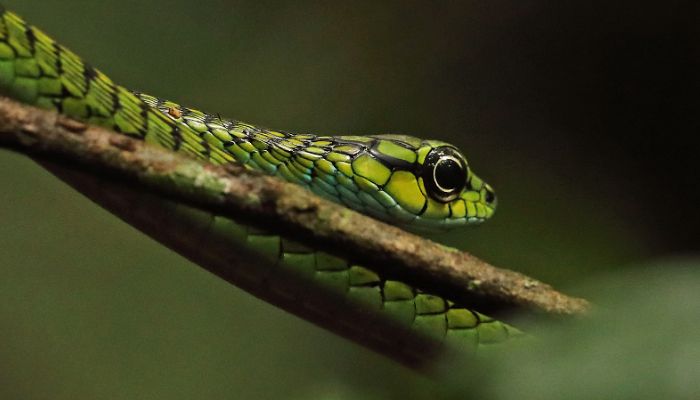
Unraveling the mystery of a snake’s age isn’t straightforward. However, there are certain indicators that, when combined, can offer a clearer picture. Let’s delve into the primary markers that can hint at a snake’s age.
Length and Weight
One of the most common misconceptions is that a snake’s size directly correlates with its age. While there’s some truth to this, it’s not an absolute measure.
Just as humans vary in height and build, snakes too have their individual growth rates and maximum sizes based on species, genetics, and environmental factors.
From the moment they hatch or are born, snakes are on a continuous growth trajectory. Young snakes, especially in their first year, tend to grow at a much faster rate.
This rapid growth can be attributed to their need to reach a size where they are less vulnerable to predators. As they transition from juveniles to adults, this growth rate slows down but never truly stops.
However, using length and weight as the sole indicators can be misleading.
Two snakes of the same species might be the same size, but one could be younger with a faster growth rate due to optimal feeding and care, while the other might be older but grew slowly due to various challenges.
Physical Changes
Beyond size, there are subtle physical changes that snakes undergo as they age. These changes can be likened to the wear and tear we see in aging objects, only much more subtle and intricate.
One of the most noticeable changes is in their skin patterns and colors. As snakes age, their once vibrant and distinct patterns might fade or change.
For instance, a Ball Python’s intricate patterns might become less pronounced, or a Green Tree Python might undergo color changes as it matures.
Another indicator is the proportion of their body parts. Older snakes often develop a more pronounced or broader head compared to their body.
This isn’t about them getting “fat” but rather a skeletal and muscular change that comes with age. The girth of the snake, especially around the mid-body, can also change, becoming more rounded and full.
Additionally, older snakes might exhibit signs of wear, especially on their scales. This is more pronounced in wild snakes, which face the daily challenges of survival.
They might have scars from predator attacks, scale damage from rough terrains, or even slight discolorations from past injuries.
Aging Different Snake Species
While there are general indicators of age that apply to most snakes, each species has its unique characteristics and growth patterns.
Understanding these nuances can provide a more accurate estimate of age, especially when combined with the general indicators discussed earlier. Let’s delve into the aging specifics of some popular snake species.
Ball Pythons
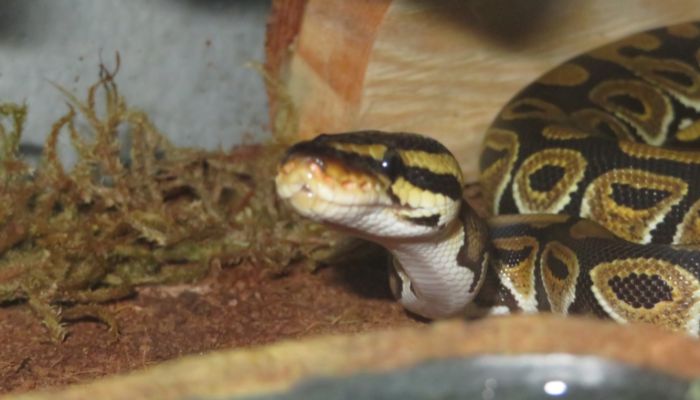
Ball Pythons, with their docile nature and striking patterns, are among the most popular pet snakes. As they age, their growth is quite noticeable. Hatchlings start off between 10 to 16 inches in length.
By their first year, they can double in size, with females typically outgrowing males. As they mature, their patterns might become less pronounced. Older Ball Pythons, especially certain morphs, might see their vibrant colors fade slightly.
Additionally, the difference in size between mature males and females becomes more evident, with females being larger in both length and girth.
Corn Snakes
Corn Snakes are another favorite in the reptile community, known for their vibrant colors and easy-going nature. Hatchlings are usually between 10 to 15 inches, but they experience rapid growth in their first year.
As they age, their vibrant patterns might undergo subtle changes, with some becoming more pronounced while others fade. Interestingly, male Corn Snakes tend to be longer than females when fully grown, a trait not commonly seen in many snake species.
King Snakes
King Snakes, with their striking patterns and varied colors, are a sight to behold. After hatching, they measure between 8 and 11 inches. Their growth is steady, and by their first year, they can triple in length.
As they age, their patterns might undergo slight changes, with some bands or stripes becoming more pronounced. It’s also worth noting that adult female King Snakes are slightly longer than their male counterparts, a subtle yet interesting distinction in this species.
Milk Snakes
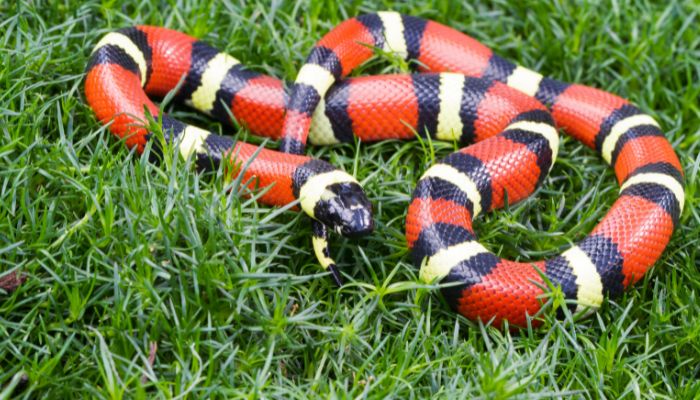
Milk Snakes are known for their vibrant bands of color, making them stand out. Hatchlings are relatively small, between 5 and 10 inches. Their growth rate varies, making them a bit challenging to age based solely on size.
As they mature, the vibrancy of their bands might change, with some colors becoming more pronounced and others fading.
Given the variability in their growth and the existence of various subspecies, consulting with a breeder or expert can provide more accurate age estimates for Milk Snakes.
Rat Snakes
Rat Snakes, often found in gardens and fields, play a crucial role in controlling rodent populations. Starting at about 13 inches as hatchlings, they experience steady growth.
Their patterns and colors might undergo subtle changes as they age, with older Rat Snakes sometimes having more muted colors.
It’s essential to identify the specific species of Rat Snake, as their maximum lengths can vary significantly, with some even reaching up to 10 feet.
Garter Snakes
Garter Snakes are often the first wild snake many people encounter, commonly found in backyards and parks. These slender snakes start small, with hatchlings measuring between 4 and 5 inches.
They mature quickly, reaching adulthood by two years. As they age, their patterns might become less distinct, and their overall coloration can change.
Older Garter Snakes might also have a more rounded body, especially when well-fed.
Signs of Aging in Wild-Caught Snakes

Wild-caught snakes lead a life full of challenges, from hunting their prey to evading predators. This adventurous life leaves behind signs that can often hint at their age and experiences.
Presence of scars and broken bones
The wild is not a forgiving place. Snakes often face threats from larger predators, and these encounters can leave behind scars. A snake with multiple scars, especially deep ones, indicates not just age but also a life of close calls.
Broken bones, especially noticeable in the snake’s jaw or ribs, can also be telltale signs of past confrontations or accidents.
Kinked tails and other signs of predator encounters
A kinked tail or a missing tail tip often tells a story of a narrow escape from a predator’s grasp. These physical anomalies are not just indicators of age but also of the challenges and threats the snake has faced and survived in its lifetime.
Shorter lifespan compared to captive snakes
Wild-caught snakes generally have a shorter lifespan than their captive counterparts.
The constant threats, variable food sources, and environmental challenges mean they age faster and have a harder life, which often reflects in their physical appearance and health.
Expertise and Experience in Aging Snakes

Determining a snake’s age isn’t a task for the uninitiated. It requires a blend of knowledge, experience, and sometimes, intuition.
The role of breeders and hobbyists in determining age
Breeders and hobbyists, with their years of hands-on experience, often develop an innate sense for gauging a snake’s age. They’ve observed snakes from birth to death, noting the subtle changes over the years.
Their insights are invaluable, especially when it comes to species with variable growth rates or subtle aging signs.
Importance of hands-on experience
While theoretical knowledge provides a foundation, there’s no substitute for hands-on experience.
Observing snakes, handling them, noting their growth patterns, and understanding their unique behaviors over time sharpens one’s ability to estimate age.
It’s this combination of knowledge and experience that allows experts to make educated guesses, even when the snake’s age isn’t explicitly known.
Conclusion
In the enigmatic world of snake aging, we’ve unraveled the intricacies that go beyond mere size and appearance.
While there’s no magical formula for determining a snake’s age, a combination of indicators, species-specific traits, and the wisdom of experienced enthusiasts can offer valuable insights.
From subtle changes in patterns to the tales told by scars, each snake weaves a story of its journey through time.
Understanding a snake’s age goes beyond mere curiosity; it’s a window into their world that impacts their care and conservation.
Each age bracket comes with unique needs, from feeding regimens to health considerations. A well-informed snake owner can provide the best possible life for their scaly friend, ensuring a longer, healthier, and happier existence.
FAQ
Do snakes show signs of aging?
Yes, snakes do show signs of aging, but these signs are often subtle and require a trained eye to notice. Changes in skin patterns, head size, and the presence of scars are some of the indicators that experts use to estimate a snake’s age.
How big is a 6-month-old corn snake?
The size of a 6-month-old corn snake can vary based on factors such as genetics, diet, and care. On average, a 6-month-old corn snake might be around 12 to 18 inches in length. However, individual growth rates can differ.
Can snakes live for 1000 years?
No, snakes cannot live for 1000 years. Snakes have relatively shorter lifespans compared to some other animals. The lifespan of a snake varies depending on the species, habitat, and environmental factors. The oldest known snake, the Ball Python, has been recorded to live around 40 years in captivity.
How to tell the age of a corn snake?
Determining the exact age of a corn snake can be challenging, but there are certain indicators to consider. Look for subtle changes in skin patterns, head size, and body proportions. Consulting with experienced breeders or snake enthusiasts can also provide valuable insights into estimating a corn snake’s age.

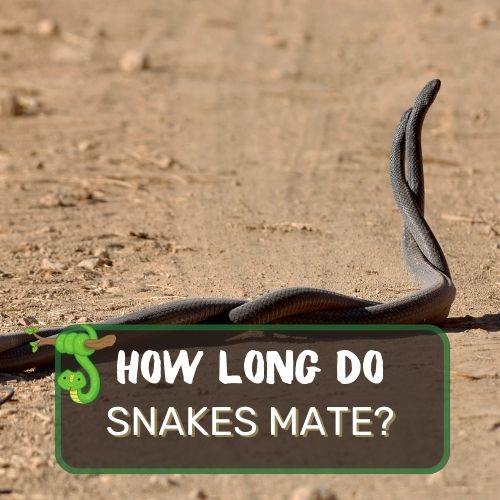

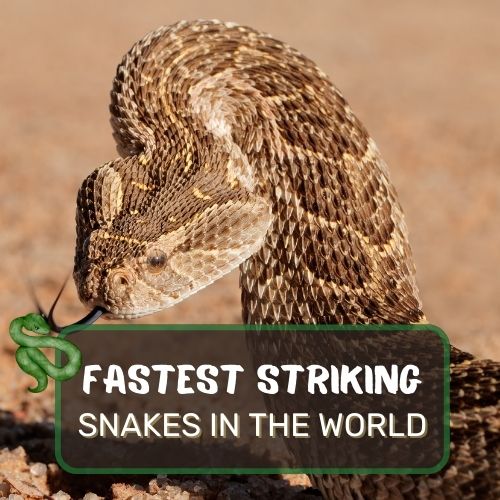
0 Comments